Hiby R4 Hifi Android DAP – Class A AMP, 4-Way DAC
Hiby R4 is a $249 USD high-quality DAP or Digital Audio Player, with a 4-Way DAC configuration, Class A Headphone Amplifier, and with a beautiful, industrial and ergonomic design. Today we will test it in-depth and compare the R4 to other similarly priced DAPs, including Hiby Digital M300 (199 USD), Shanling M1s (229 USD), and HIDIZS AP80 PRO-X (199 USD).
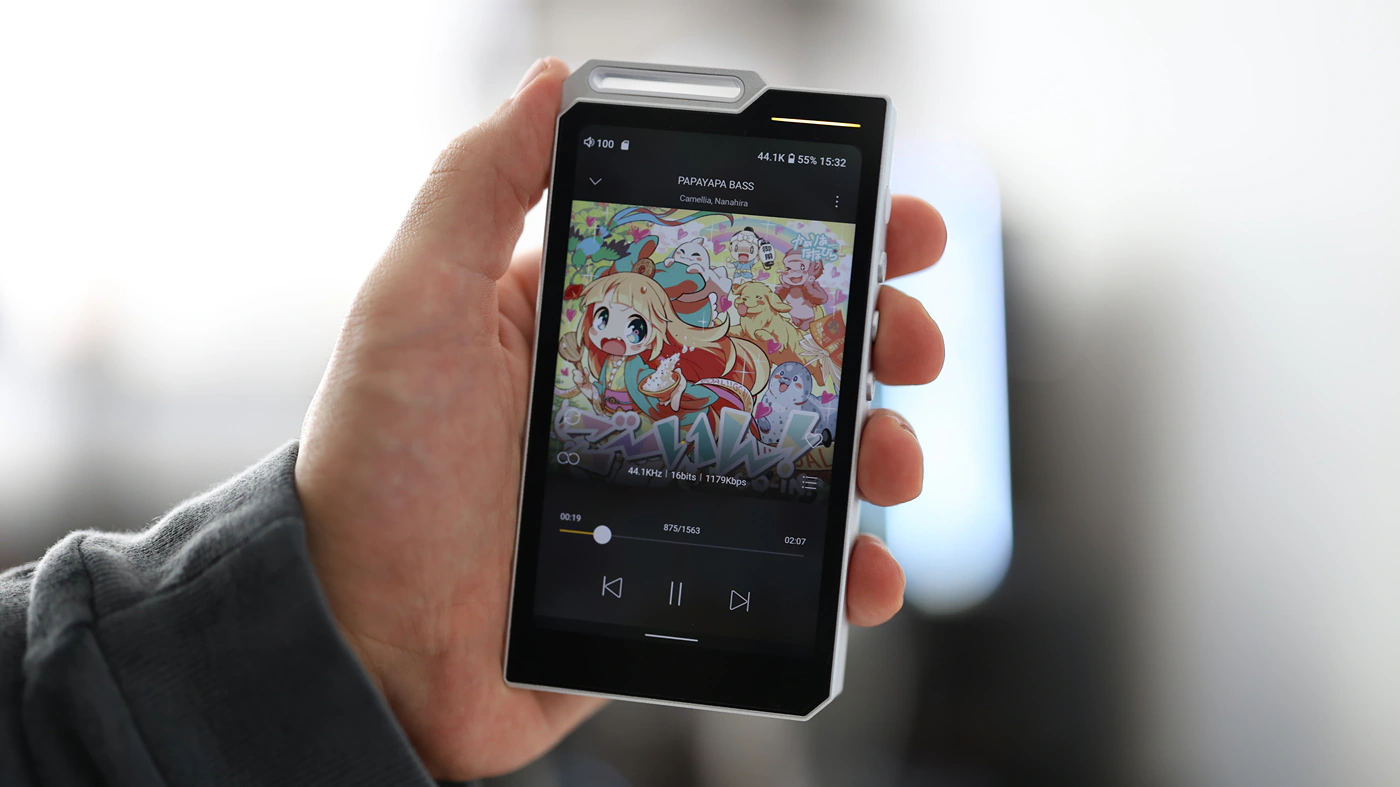
Introduction
Although the list of comparisons does not include much in terms of similarly sized DAPs, R4’s main highlight is the ultra-affordable price tag, so it would literally be a choice against one of the smaller, mini-sized DAPs against the R4. As none of the competition comes with a Class A headphone amplifier, it will be very interesting to see if R4 has any shortcomings, since right now it feels like it is a total killer and market leader for the price it is sold at. Hiby is popular in the audiophile communities for their excellent price / performance ratio, outstanding software support and generally solid products, and they are available for sale on their own website, but also through larger shops like Linsoul. As an Amazon Influencer, I earn from qualifying purchases, and using the purchase links in my reviews helps me maintain this website and Youtube Channel. Hiby has provided the sample for this review, in exchange for my honest opinion.
PROs – Superb Price / Performance Ratio, Edgy, Cyberpunk design, excellent software support, outstanding resolution and detail for the price point, great ergonomics, lots of buttons, USB DAC function is perfect with no delay nor dropped first moments of the song, MSEB and EQ, plus system-wide bit-perfect playback. Generally, it is one of the best DAPs to get if you can’t stretch the budget.
Cons – Display is not super bright, battery life can be short if pushed loud and over the balanced headphone output, the balanced headphone output has a higher noise floor, while the single ended headphone output has low power, best suited just for IEMs.
Product Link
Official Store Page – https://store.hiby.com/products/hiby-r4
You can grab one here – https://amzn.to/3yt0Nn3
Build Quality/Aesthetics
Most DAPs come with a rich package, so I am happy to report that with R4, you will be receiving the DAP, but also a Type-C to Type-C charging cable. A frontal screen protector applied to the DAP, and 1 extra, and also a TPU protective case. Most of the design language seen on R4 has been inspired by the Neon Genesis Evangelion and Cyberpunk series, as the company does name the R4 the New Generation Audio Evangelism.
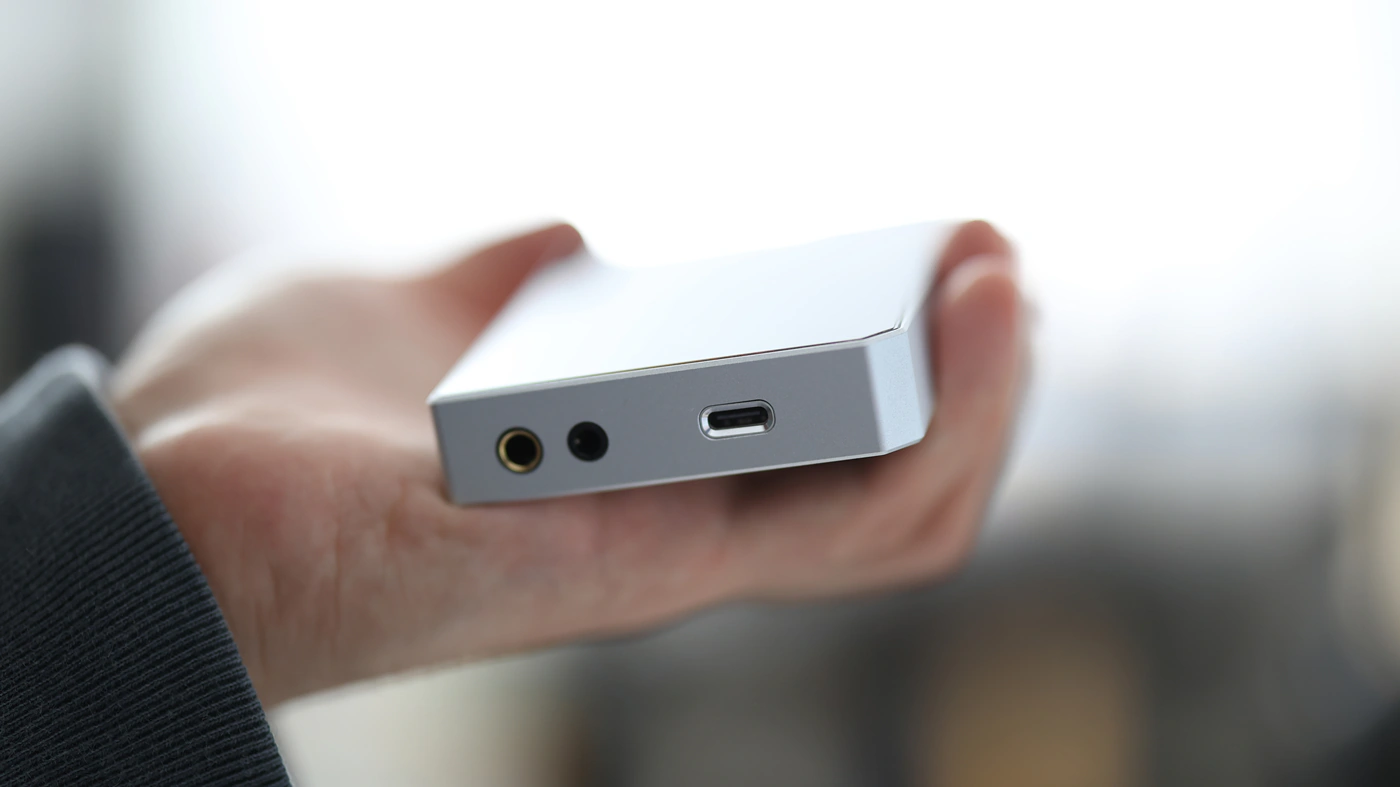
Internally, R4 boasts a Class A headphone amplifier, and the power delivery is great for the price point, especially for the balanced headphone output, which, for an impedance of 32 OHMs can deliver up to 525mW, and 4.1Vrms. This comes with a dynamic range of 124 dB, and a SNR of 123 dB, plus a Channel Separation of 111dB. The power output of the 3.5mm Single Ended headphone output is much lower, at 165 mW, so less than half of what the balanced headphone can deliver, but it also has a lower dynamic range of 120 dB, and a channel separation of 71dB. With this all being said, the noise floor of the balanced headphone output is 3.5uVrms, while the noise floor of the 3.5mm headphone output is 2.3uVrms.
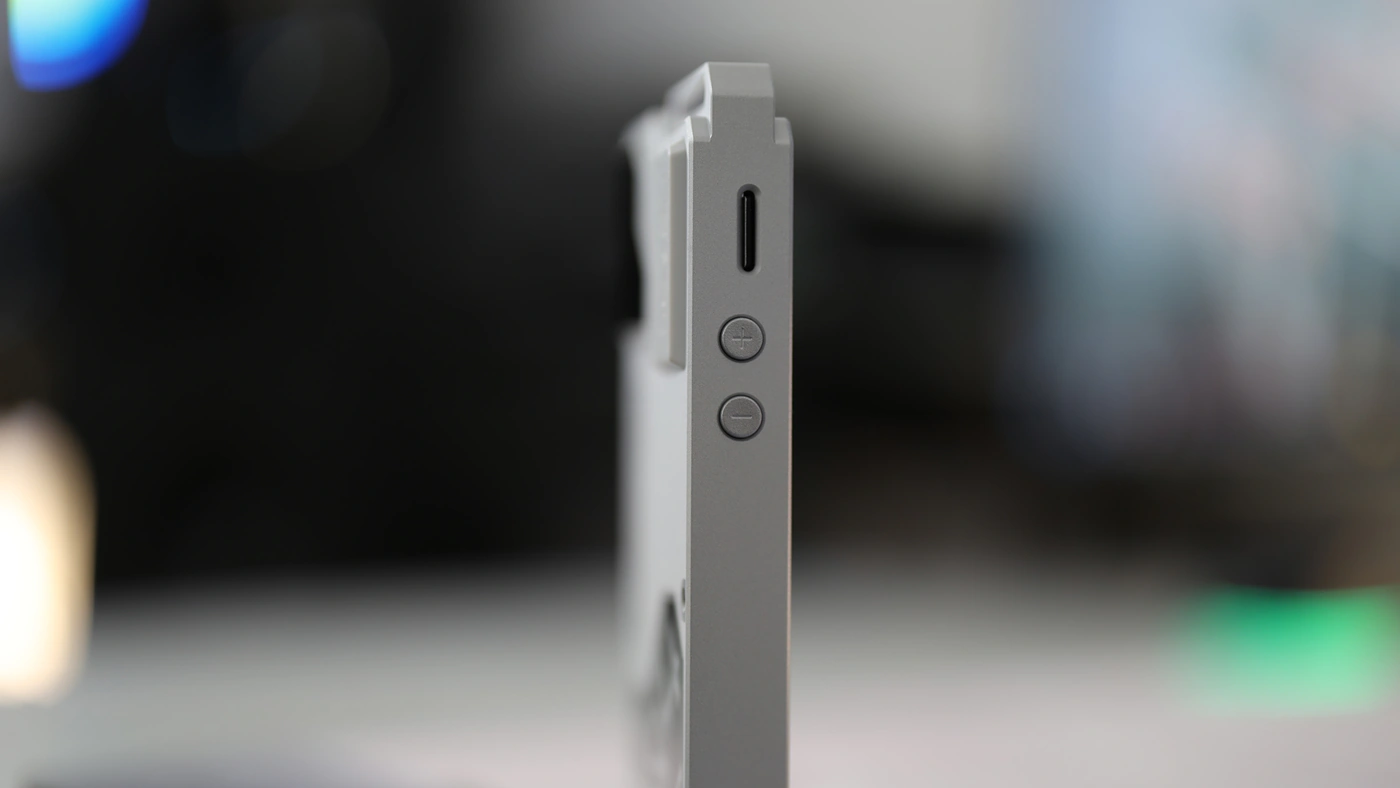
As Hiby is one of the leading DAP makers when it comes to implementing new tech, we are seeing a Snapdragon 665 CPU, running Android 12, and there are 4 DACs, all of them ES9018C2M from ESS. The Amplifiers are 4 x OPA1652 and two OPA1612. This all means that R4 can support decoding and playing files up to DSD256, POCM 768kHz / 32 Bit, and MQA16x Unfolding.
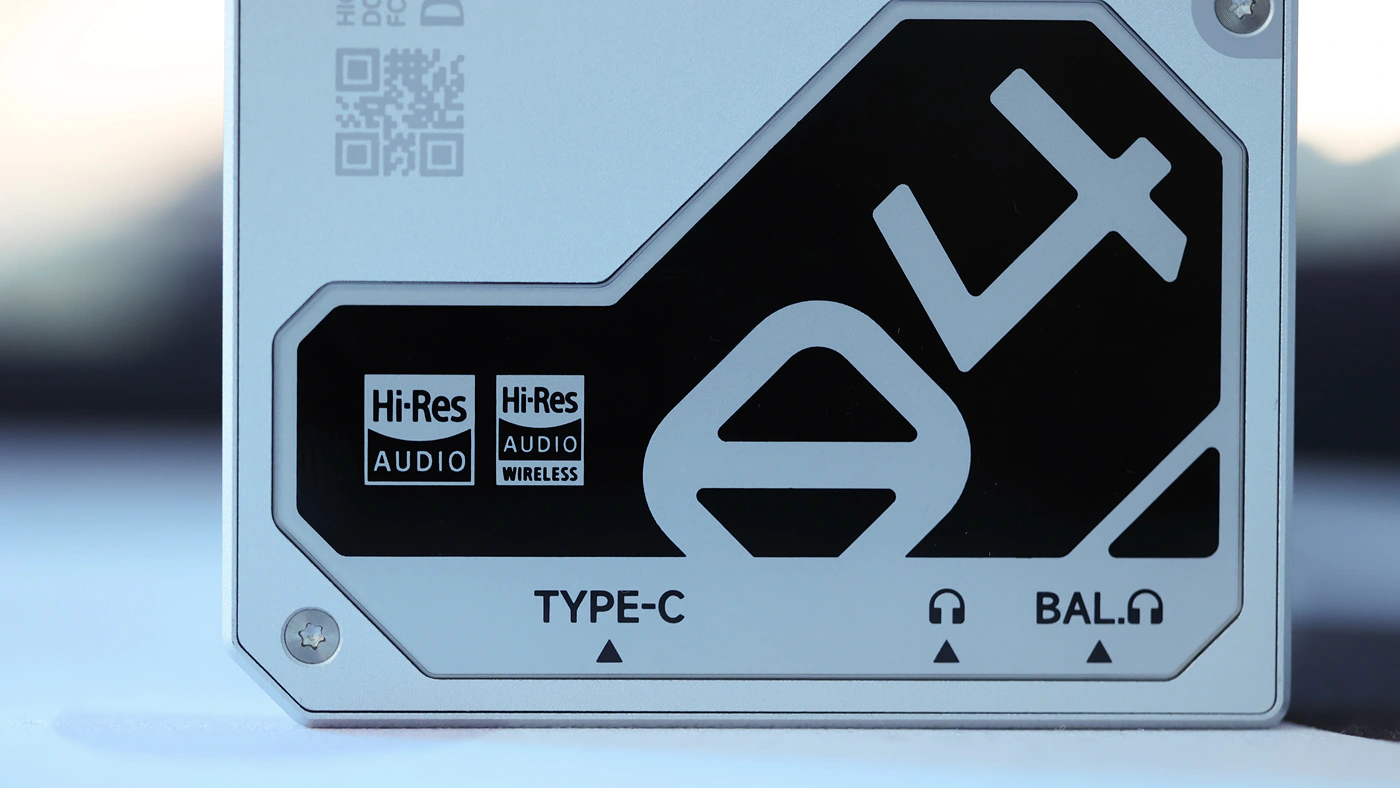
For connectivity, we have Wifi for both 2.4 GHz and 5 GHz, and Bluetooth 5.0. The USB port is USB 3.1 Gen 1, with a maximum theoretical transfer rate of 5 GBPS. The Storage of 32 GB internal memory can be expanded via the microSD slot, which accepts microSD cards up to 2 TB, and R4 runs on 3GB of RAM, which should be plenty for streaming services such as Tidal and Spotify, or playing music from the internal memory. You can use R4 as both a Bluetooth transmitter and as a Bluetooth Receiver. A DAP that has bidirectional bluetooth wouldn’t be complete without aptX, aptX HD, and LDAC, and happily R4 supports all of them. There even is support for UAT or Ultra Audio Transmission, which is a Hiby in-house developed codec, which allows for up to 1.2MBPs data rates.
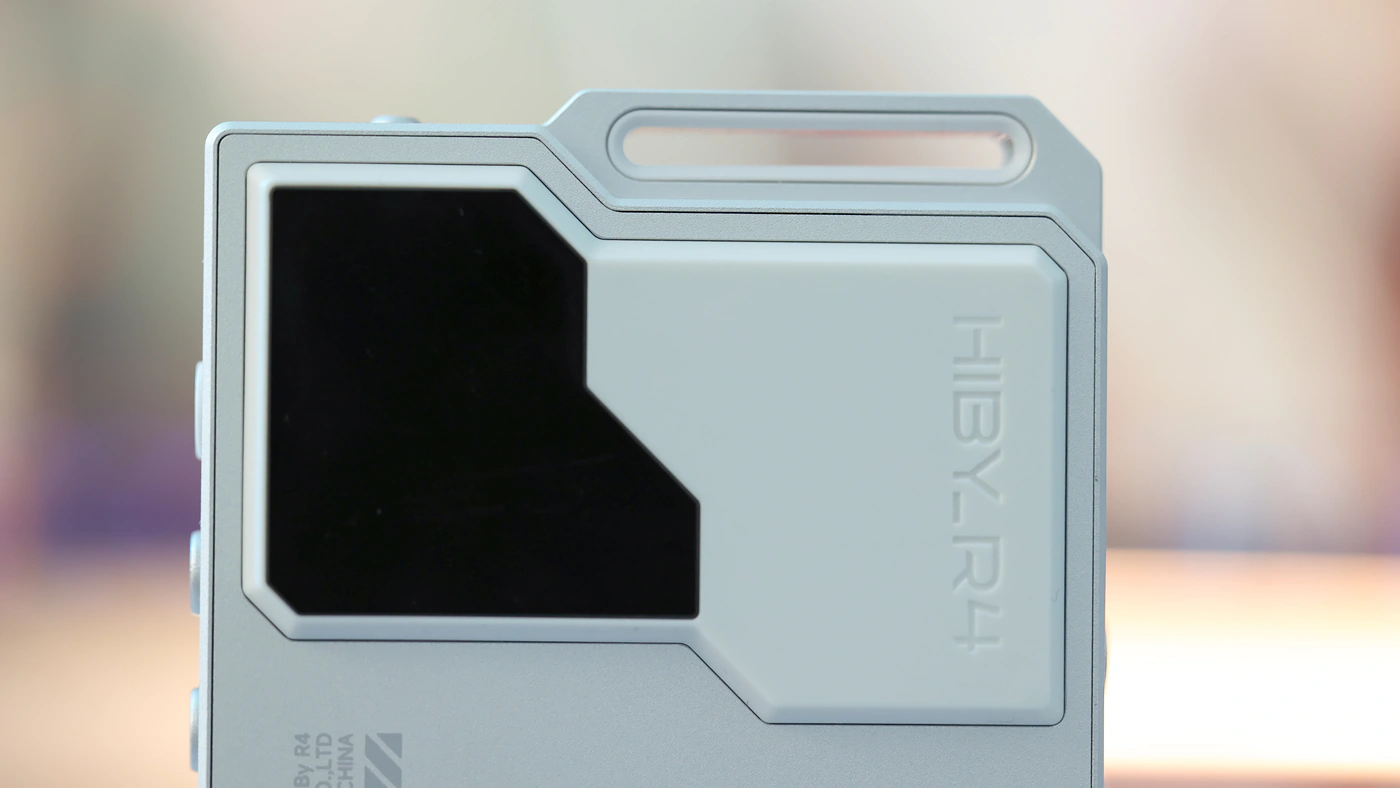
The display is a 4.7″ IPS display with a resolution of 720×1280 pixels, and it looks very sharp in person, but the maximum brightness is limitative for a bright day. Basically, it is visible, but not overly bright, even at max brightness. The body of R4 is made of Aluminum Alloy, and it is a rather light DAP, at 231 Grams, being about as heavy as a samsung S23 Ultra smartphone, but it is shorter, narrower and much thicker, at 129.6×68.3×18.5mm. At the top of the DAP, there is a toggle which can be configured to either act as a key lock or screen clip or vertically flip the display.
Battery
The battery of R4 is pretty large, as it has a 4500mAh battery, which allows for 7-10 hours of battery life, and it has PD 2.0 charging with a charging rate up to 20W. This means that it will take you around 2 hours to fully charge the battery of R4, with a 20W PD charger, and most companies that have larger batteries embedded in their DAPs seem to avoid including faster quick charge protocols, to lengthen the battery life of the device, as faster charging means more heat, which can kill a battery faster.
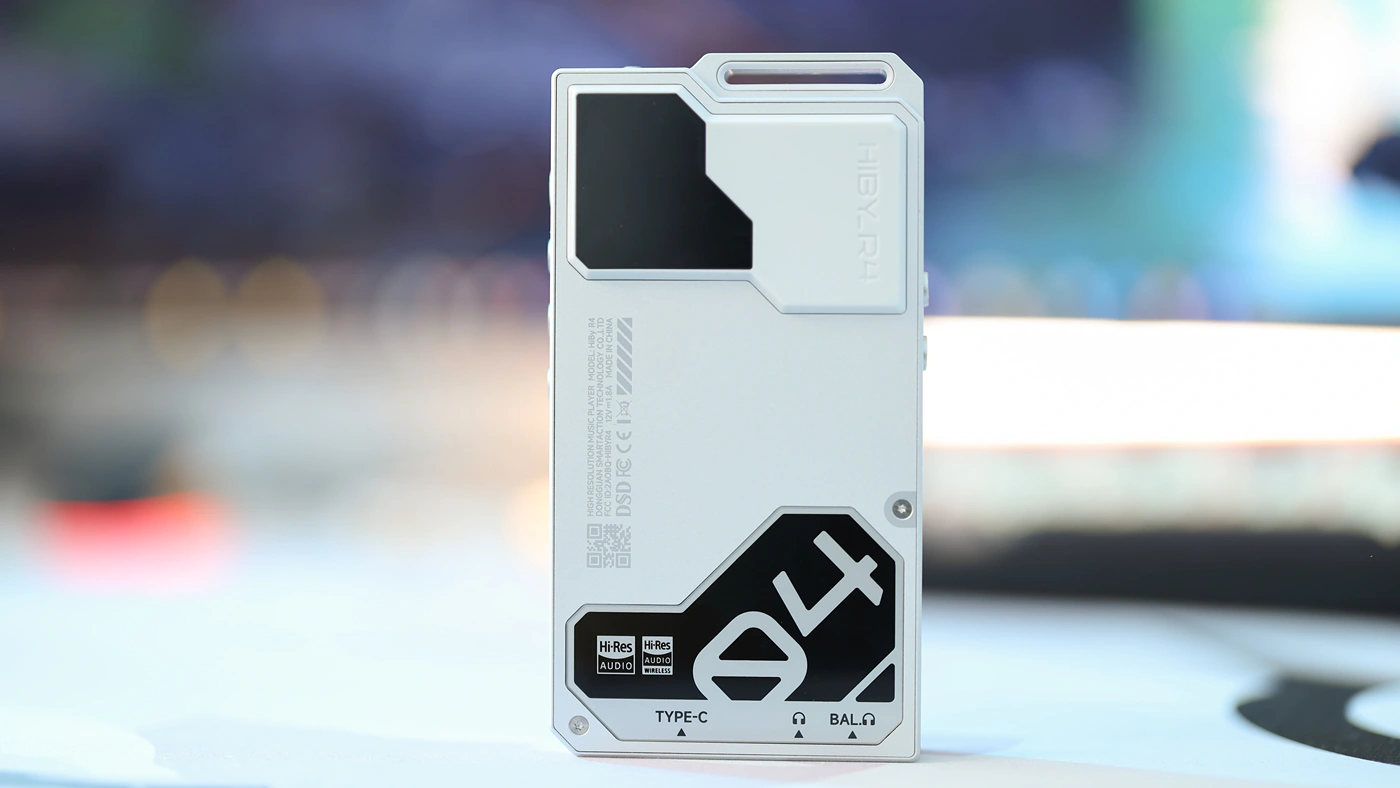
The battery life of R4 will be lower if you’re using the 4.4mm balanced headphone output, and high volumes, or if you’re using very high impedance, or very low impedance headphones. This being said, there’s no fun in purchasing a very capable toy and not using it to the fullest. There is a bit of battery drain when R4 is in standby mode, but it is negligible, as the maximum standby time is over 600 hours.
Software
When it comes to the softer part of R4, it runs Android 12, and it has whole OS-level Bit-Perfect music playback with nothing to take away details and resolution from your ears. Although R4 comes with Via for browsing the internet, it also comes with Play Store, and you can install basically any app you want, including Tidal, Spotify, and even games.
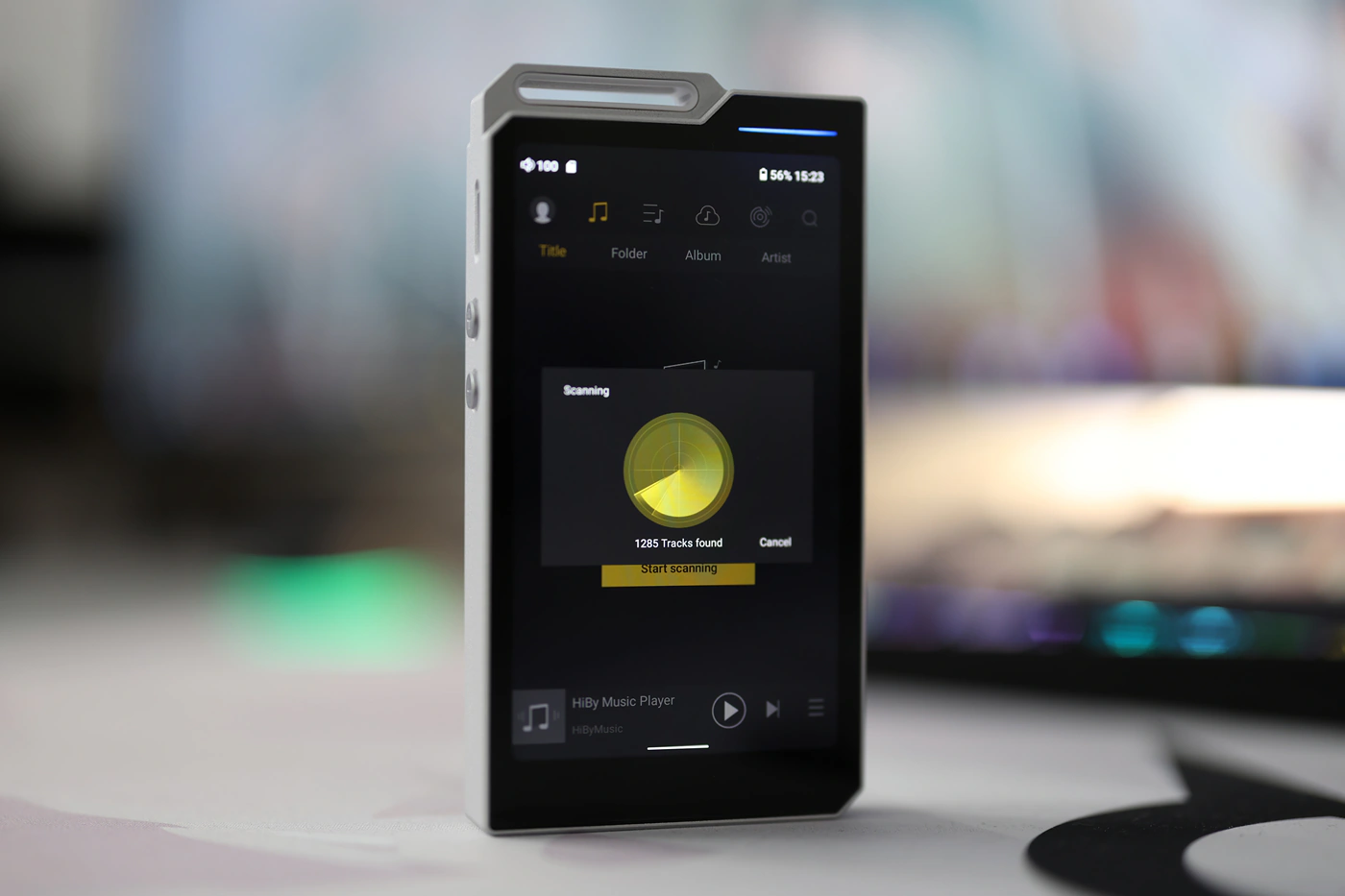
R4 generally moves fast and works well with all apps, as I experienced zero app closes or issues during my time with it. The default music player app is the Hiby Music app, which is what I typically use on my smartphone too. The app has all of the advantages we see with it usually, including excellent EQ options and a good reliability.
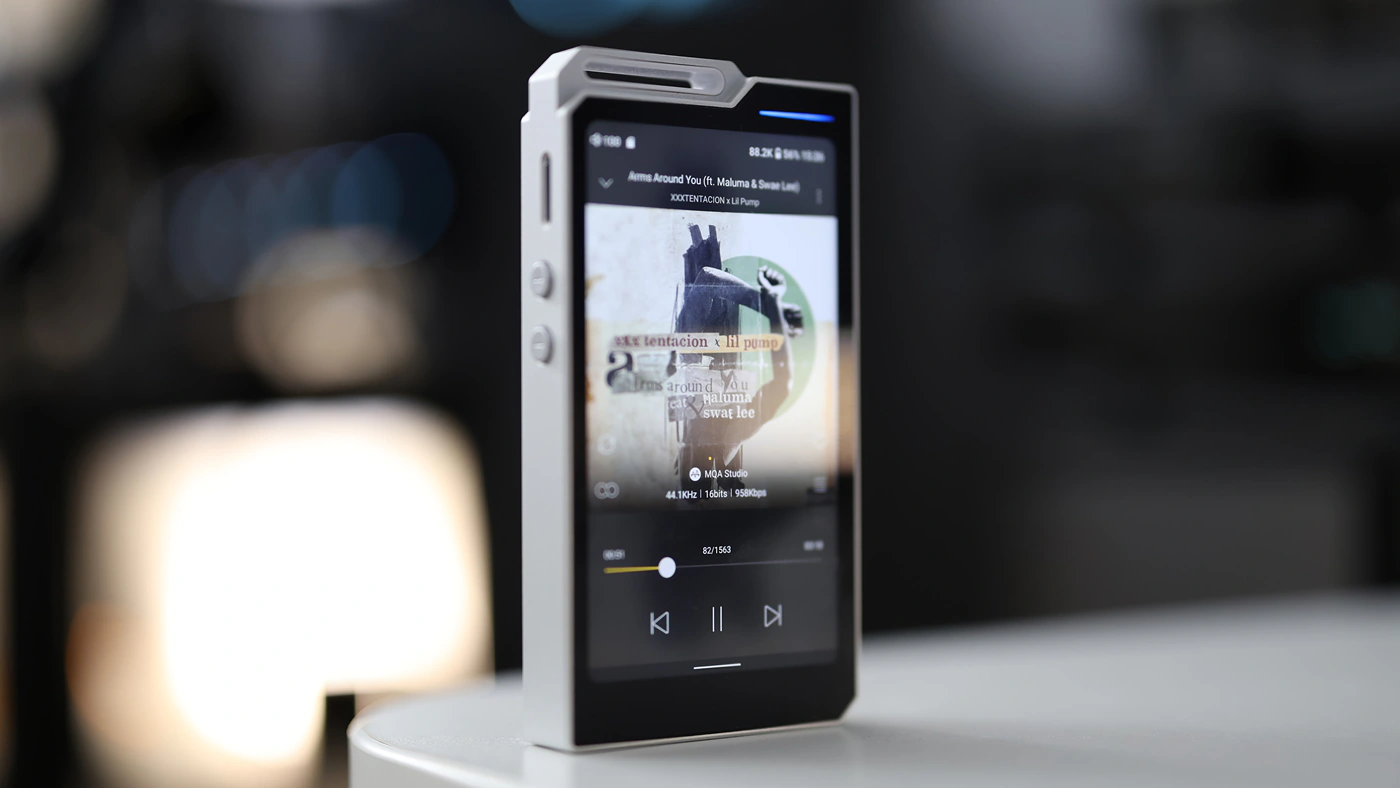
Better than with most DAPs that have EQ just within the app, you can have global MSEB and PEQ settings, both of which work really well, and R4even has Digital USB output, to act as a transport for an external DAC/AMP. There is a USB DAC function, and it works – very well. This is the most sensitive part of a DAP these days, as most of them are rather solid, but some of them will cut the 1st second of a song or have a delay when used as a USB DAC. With R4, there is zero delay and I cannot notice even a single frame of content being different between audio and video, so it is fit for playing real time content, such as music videos or video games.
Also, the 1st second or half a second of each song is played correctly, and the amplifier does not disconnect or cut out while no music is playing. This is an effect I have noticed with some DAPs, where the AMP part can disconnect after a period of silence. R4 does not do this, but the downside is that the DAP itself can get warm during extended usage. You can keep pressing on the volume button to continuously increase or decrease the volume, which is super pleasing, faster and more reliable than most wheel methods if you have the display open, but less convenient for pocketed usage.
Sound Quality
Pairings and Match-up – To properly test the R4, I have paired it with a large selection of IEMs and headphones, including Campfire Cascara, Tripowin x HBB Kailua, Campfire Bonneville, HIDIZS MS3, IMR Dark Matter, FIR Audio e12, and BQEYZ Winter. The headphone list includes HIFIMAN HE1000SE, Dekoni Cobalt, HarmonicDyne Zeus Elite, Crosszone CZ-8a, and Crosszone CZ-10. Hiby R4 has more than enough power over the balanced headphone output for most headphones, although it is not quite as powerful over the single ended headphone output. For IEMs, you can actually hear the noise floor with the balanced headphone output, as a very quiet, silent hissing. For IEMs and headphones, the sonic quality of the balanced headphone output sounds a bit better, with improved dynamics, impact and punchiness. I can also confirm that R4 works well with Adobe Audition and other music editing programs, which can be a problem for some DAPs. For a comfortable listening level, you’ll be between 35 and 42 volume with most IEMs even if going for high gain.
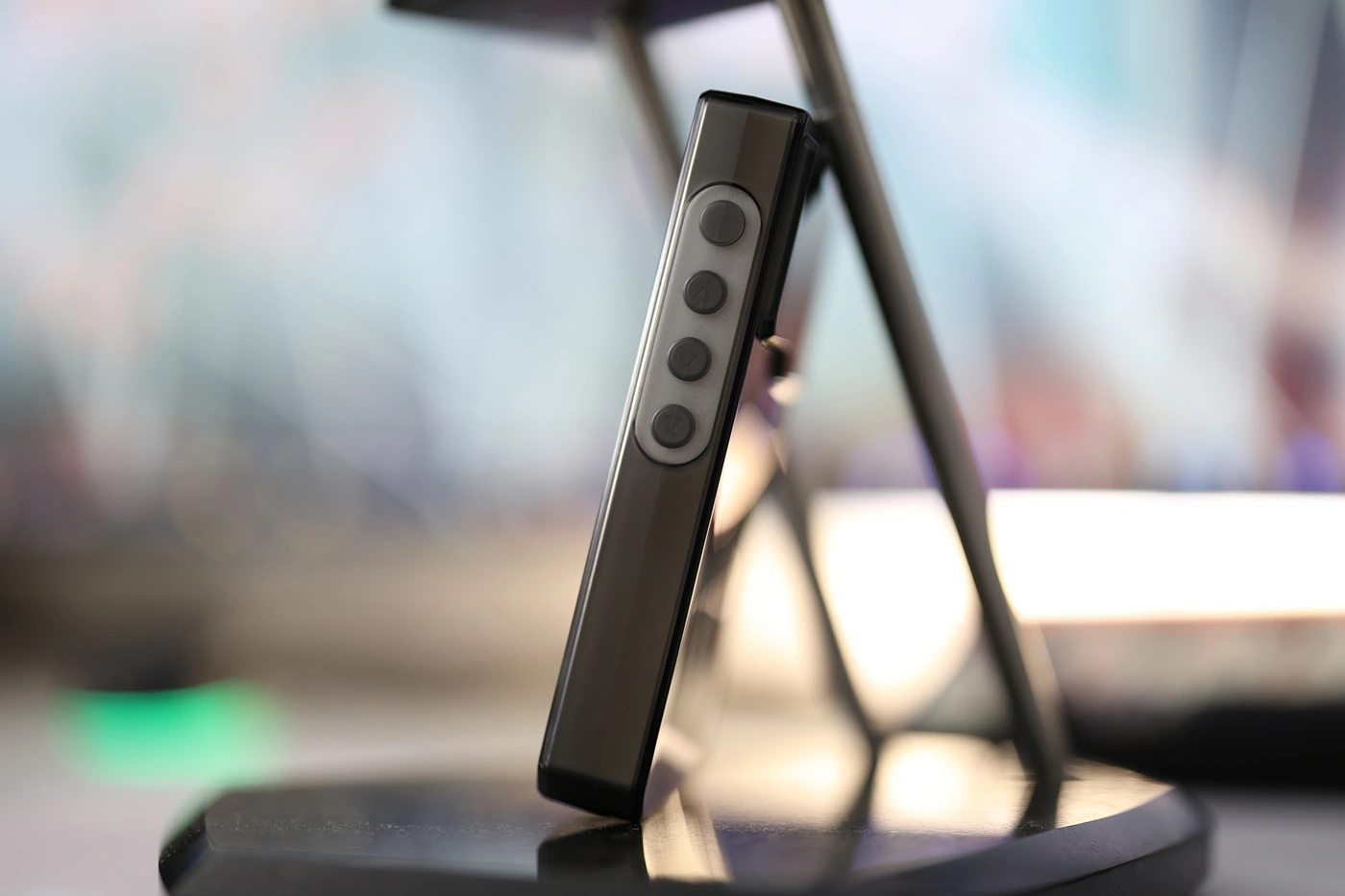
Overall Signature – For most of the part, I found R4 to sound rather pleasing to the ear, very resolute for the price point, powerful, and wide with the depth being about on par with the width. It is hard for me to remember exactly what to expect from a price bracket at times, so I put R4 against the likes of HIDIZS AP80 PRO-X, which is similarly priced, and R4 immediately sounds warmer, smoother, fuller in the bass, and with a deeper soundstage, and better instrument separation, but since the closest Hiby relative and closest priced DAP would be Hiby RS2, the new R4 sounds more neutral, less dynamic and sharper in the treble, with less depth. When you add in the Shanling M1s, which sits at a similar price point, but which is quite a bit warmer and bassier, but smoother in the treble, the signature of R4 rounds up to be fairly warm and with a clean, clear bass, excellent control in the lows, great detail and resolution, and fair dynamics + soundstage. It is on a whole different level of driving power, impact and dynamics compared to Hiby Digital M300, much cleaner and deeper sounding, but not quite at the level of RS2 for bass strength, so it will be a top choice for those who need a more balanced, clean signature more than a colored one. The reason I keep mentioning the strength of the bass is that it really packs a punch into Soundz Avant, giving them a pleasing bottom end, but also a sharp, clear treble, both of which pair well with the IEMs, but keep in mind they are generally warm and smooth more than neutral. As a reviewer I have the luck to be able to put 4-5 DAPs on the table with type-c cables and use them all with my PC, and after volume matching, I can quickly compare between them to get a better insight on how each sounds like.
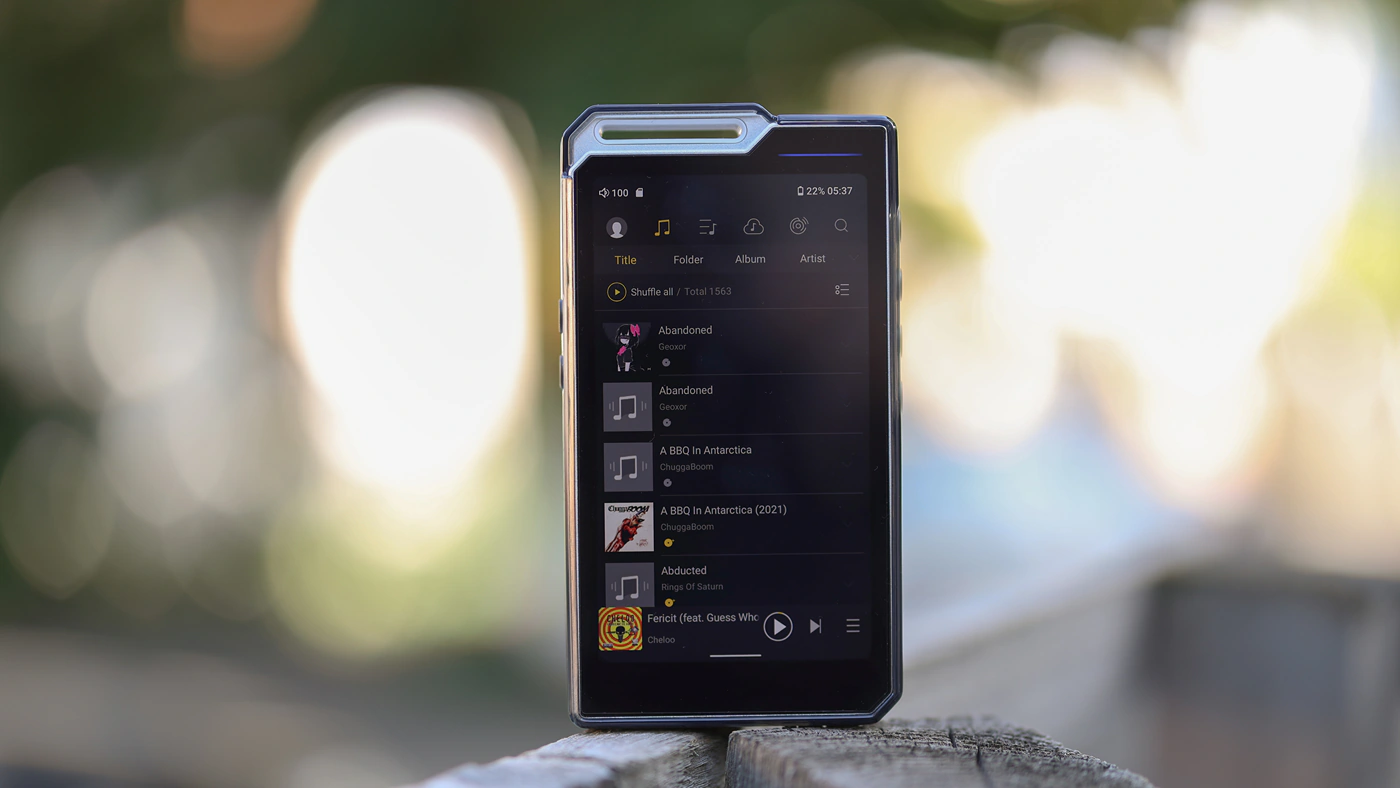
Bass – Hiby R4 has a surprisingly clean and controlled bass, with no distortion, and good depth too. While it is not as warm as really warm and bassy sounding competitors, like Shanling M1s, it is still fairly good in the bass, and it does not feel light or bass shy, rather the bass is balanced relative to the midrange and the treble. We get a clean bass guitar presentation which makes rock and rockabilly sound natural, and open. With heavier music styles, EDM, Dubstep and Trance music, the bass is thunderous, and it gives a thumpy feeling to all songs, all this aiding the feeling of instrument separation and definition. In songs like Coffinshakers – The Coffinshaker, the bass guitar takes a central place in the song, gives a clear outline of the rhythm and each instrument has a strong body and presence.
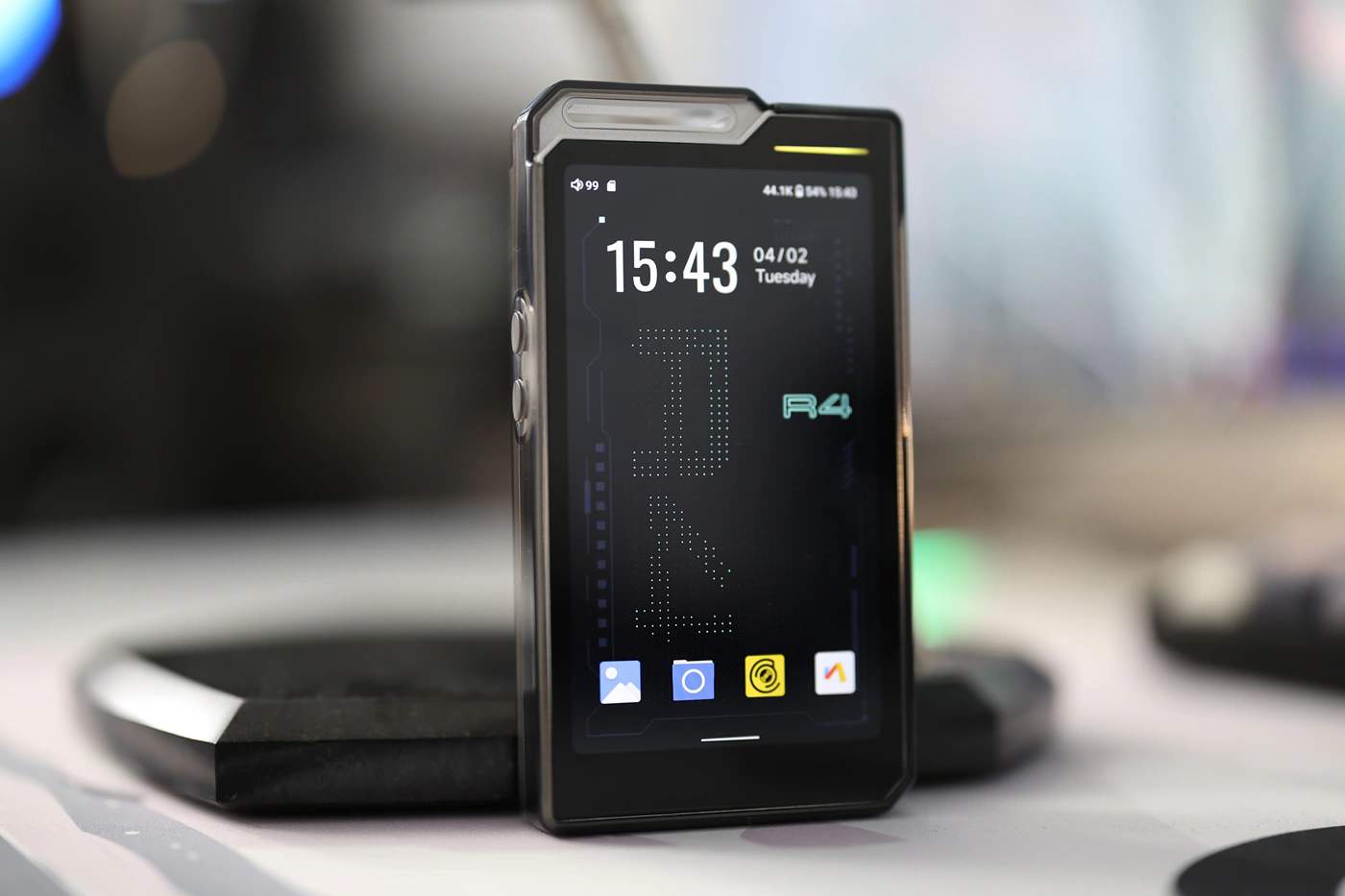
Midrange – The midrange of the R4 is ever so slightly warm, and it makes music enjoyable and playful, but R4 really brings the midrange in-your-face and it adds quite a punch to music. For example, in the song Coffinshakers – Back From The Grave, the guitars are especially crisp and sharp, more audible than with the vast majority of sources, but the whole stage is brought forward, and flattened, this creating the feeling of resolution and detail. R4 sounds far more detailed and cleaner than all of the competition in the price range, but packs more force for voices, makes all instruments play right next to you, and transforms most music into what you can expect to hear at a live concert.
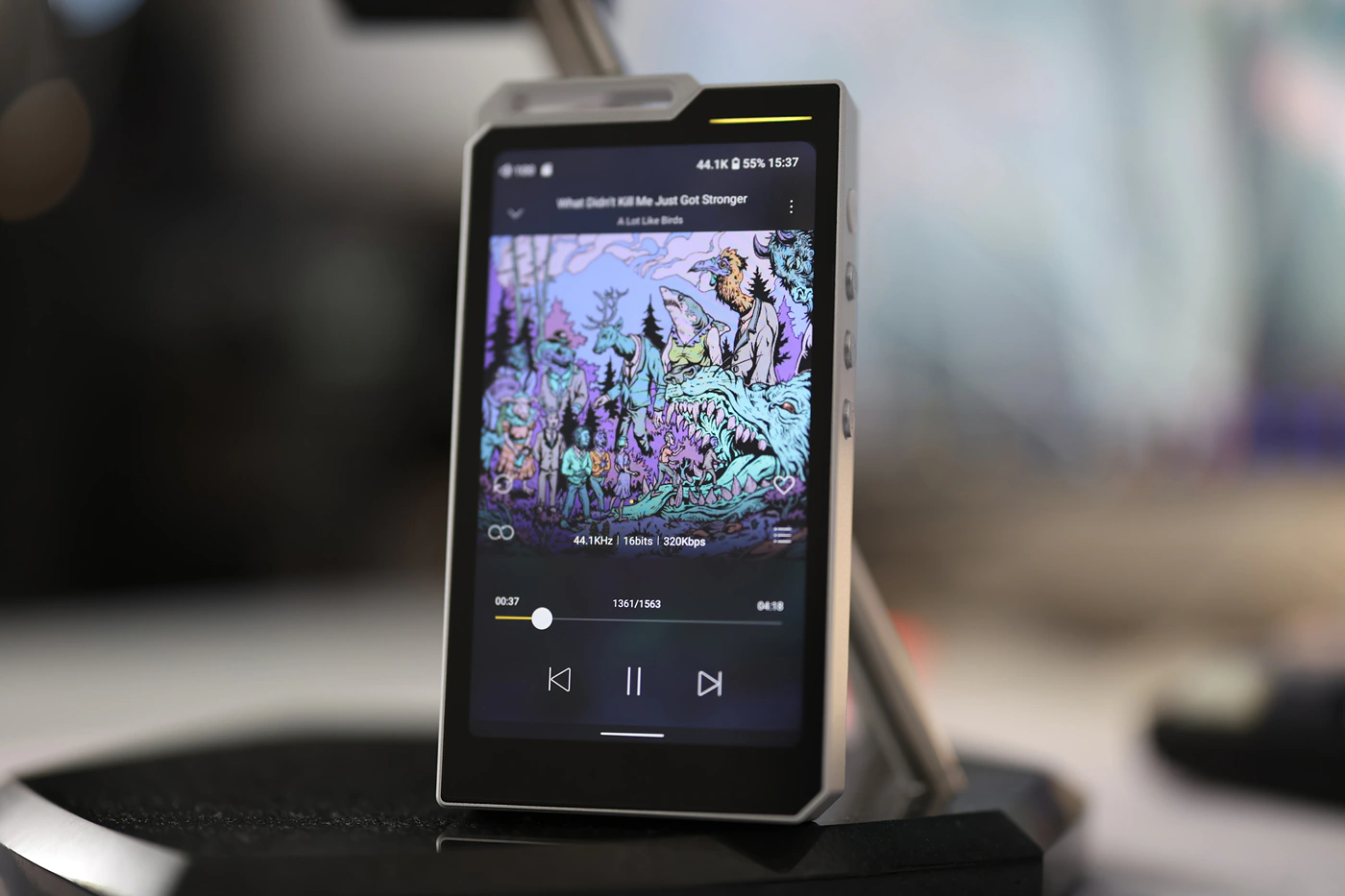
Dynamics / PRaT / Textures – Hiby R4 generally has a smooth texture presentation, with good dynamics, but with micro details being smooth and not pushed forward. It is generally not an analytical DAP, although the fact it brings forward the midrange and guitars / voices, will make music sound detailed, it is smooth all the way, you will never hear harshness even with textured instruments like trumpets, and even square waves sound fairly smooth and fatigue-free. For example, even rock music such as Accept – The Reckoning, which typically has fairly textured guitar riffs, actually sounds smooth and fluid played by R4, which interprets most textures as musical, fluid sounds rather than extruding the finer texture in music. Impulse response is generally natural, edging towards slow, and this would explain how textures are smoother rather than sharper.
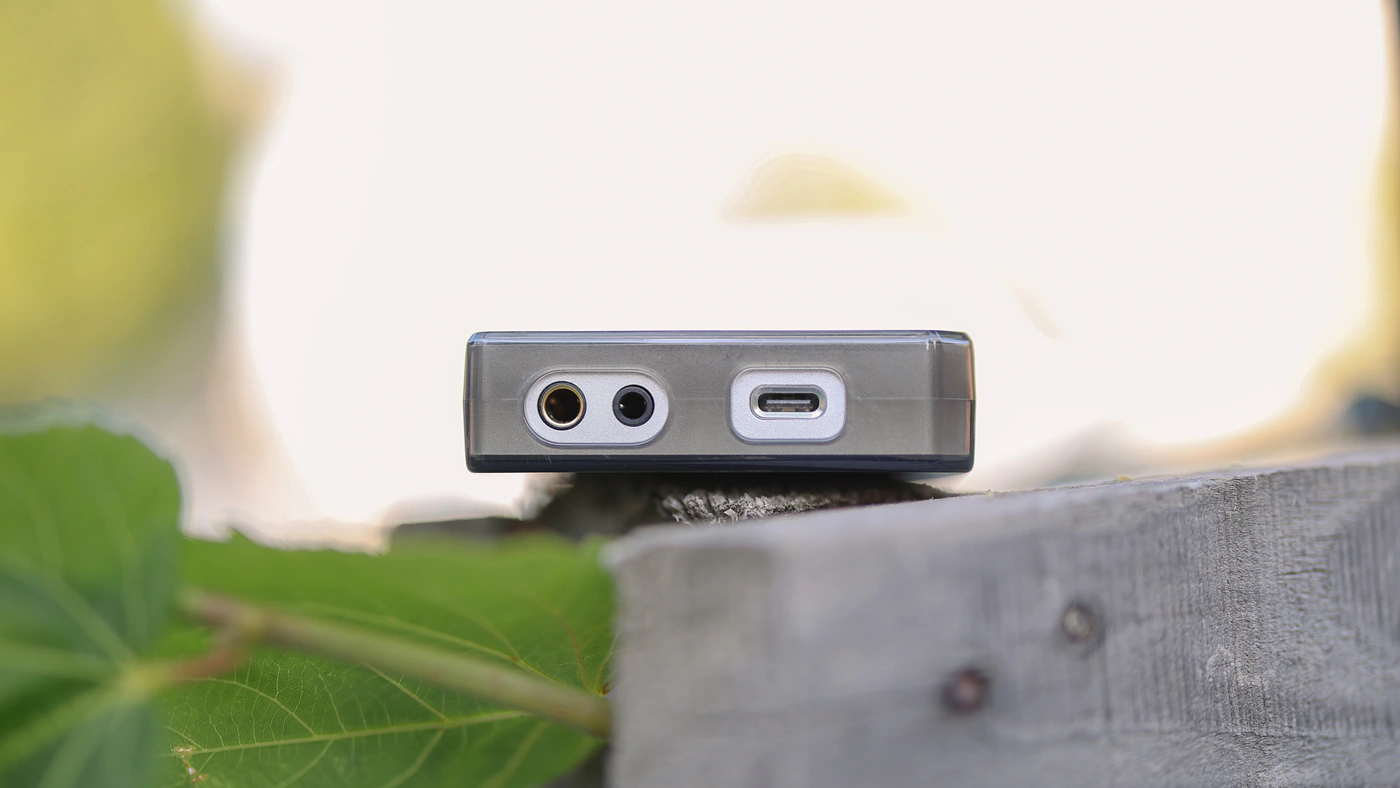
Soundstage – The stage of R4 is fairly flat, the depth and width are about equal, but most music is presented narrowly, close to the listener, without much layering or instrument separation. As this kind of presentation exposes all the instruments and information in a foreground layer, it hugely improves the feeling of detail and resolution, but makes the sound really forward and slightly aggressive, upbeat and punchy. R4 generally is good for rock, metal, EDM and modern music. For classical and Jazz, it has a bit too much strength and too forward of a character.
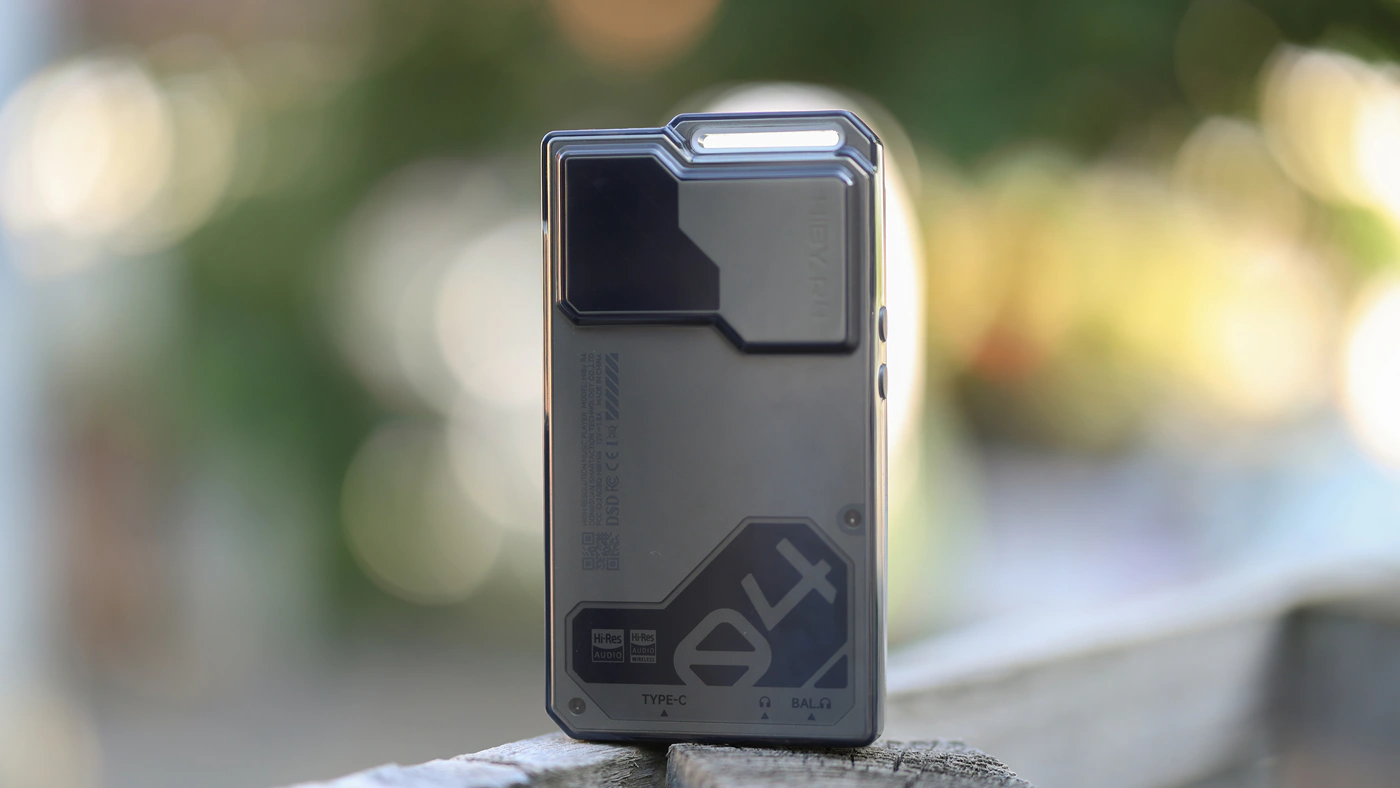
Volume Control – R4 has good volume control, there is not a big difference in sound character with volume, although the bass gets stronger at louder volumes, and I listen fairly loud, and it handles IEMs far better than headphones. The sound also gets more detailed the louder you go, as most instruments are presented in a central, forward, layer, the sound will become more punchy and loud. Differences in listening loudness can affect R4 and if listened quietly, it will sound less warm and more neutral.
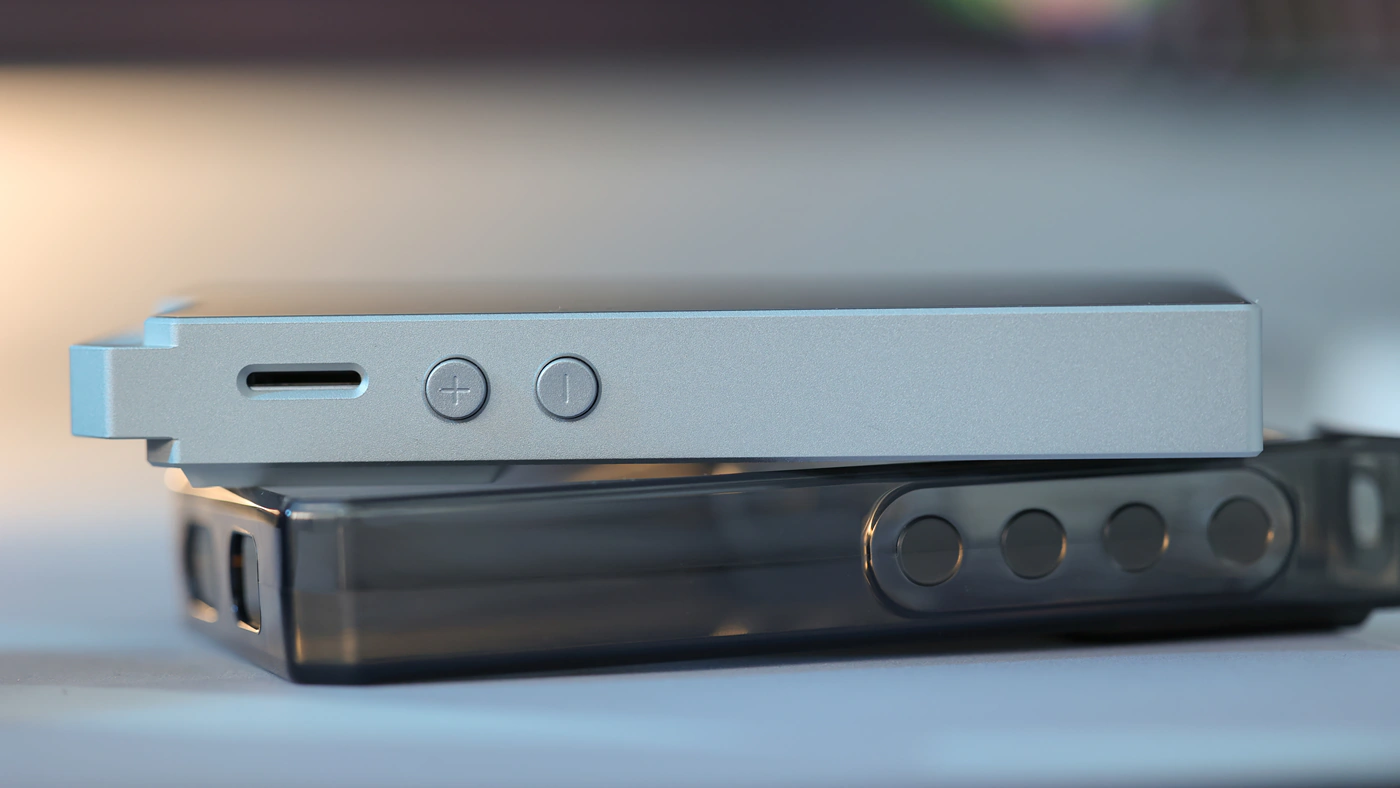
Treble – The treble of R4 is a heavy topic, because it actually has a strong upper midrange and somewhat strong lower treble, but rolls off fast enough that you never hear it as fatiguing or sharp. This being said, it never sounds too bright, but the sound is balanced, it does not sound smooth or too relaxed either. Basically, it has the right amount of flavor to be balanced, enough air to sound open, but it is not too hot enough to be bright. For most IEMs and Headphones it can add just enough treble to make cymbal crashes audible, but the smooth texture character will keep the sound fatigue-free.
Comparisons
Hiby R4 vs HIDIZS AP80 PRO-x (249 USD vs 199 USD)
Build – The size difference is rather evident, and AP80PRO-X looks super small, like an iPod shuffle next to a classic ipod, next to R4. In fact, R4 is larger in every way than an iPod classic, much thicker, and heavier too. This being said, R4 has a higher driving power than both the classic iPod and Hidizs AP80 PRO X, R4 has a more open system, allows you to install any app you desire, and it sounds more powerful with both IEMs and Headphones. If you are even thinking of advanced streaming, R4 is the evident choice, although for a shuffle DAP, AP80 PRO-X works just as well.
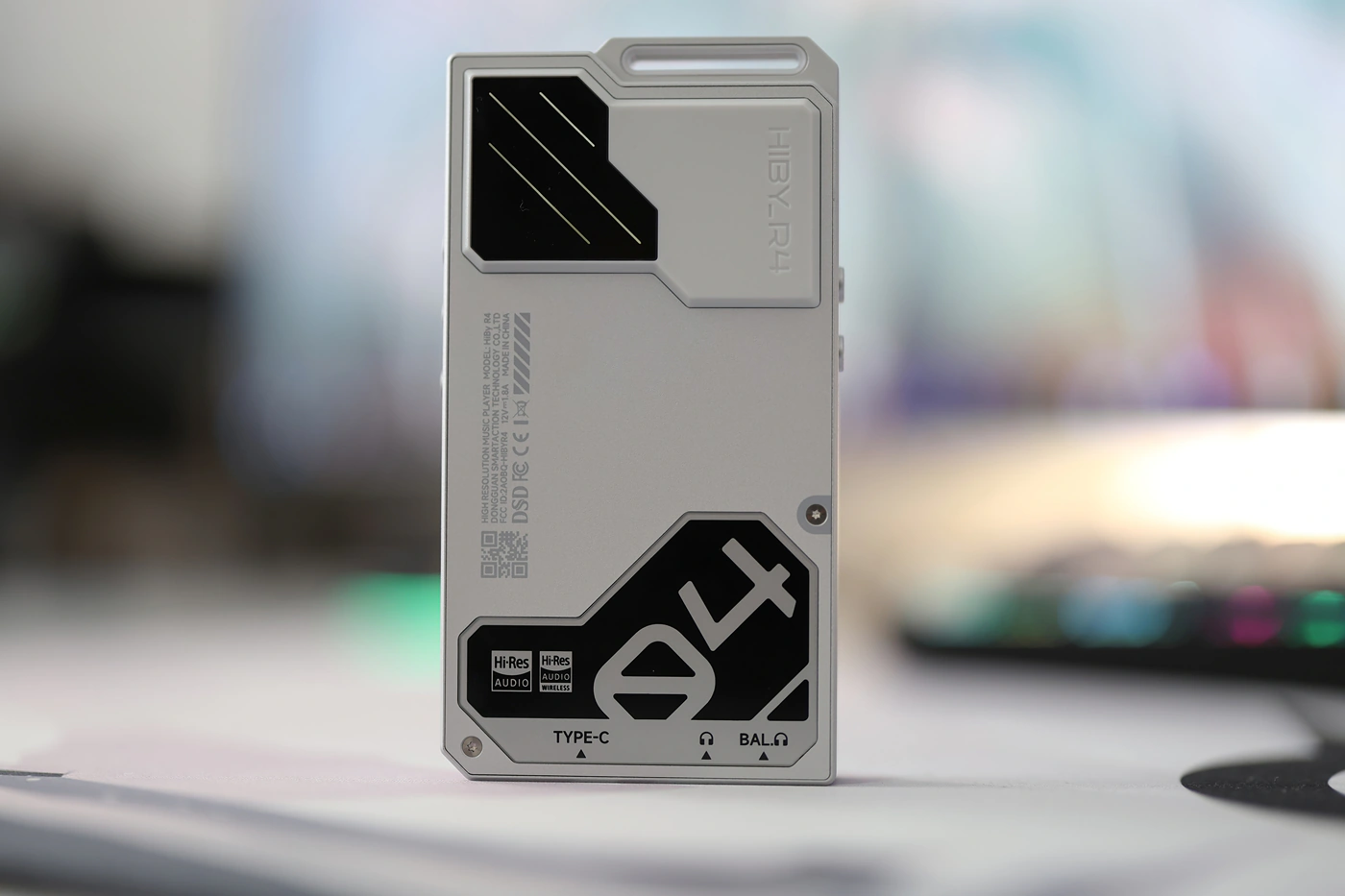
Sound – Sonically, R4 actually sounds warmer, more powerful, bassier but also brighter than AP80PROX, which sounds really flat and referenced in comparison. R4 has more driving power which means better impact, better control and lower distortion with all IEMs and Headphones. Especially in the bass, R4 produces a cleaner response, better depth and even the soundstage is both wider and deeper. All in all, R4 is a pretty noticeable upgrade sonically from AP80, but with the size of AP80 being far smaller, it is more convenient to use and recommended for daily usage.
Hiby R4 vs Shanling M1s (249 USD vs 199 USD)
Build – M1S is a unique shaped DAP, somewhat boxy, and has the one feature I’ve seen twice so far in this hobby, flipping the display vertically. I know it isn’t much, but it is weird it happened twice now, as most devices can only be held one way, the volume buttons won’t flip with R4 nor with M1S if you flip the display vertically but it is nice to be able to have the headphone jack wherever you’re most comfortable to have it. M1S is lighter, but it has a simpler firmware, no apps, and the USB DAC function works better and with no driver for R4, while M1S needs a driver, and it still isn’t quite as snappy. Both have a large 4.4mm balanced headphone output.
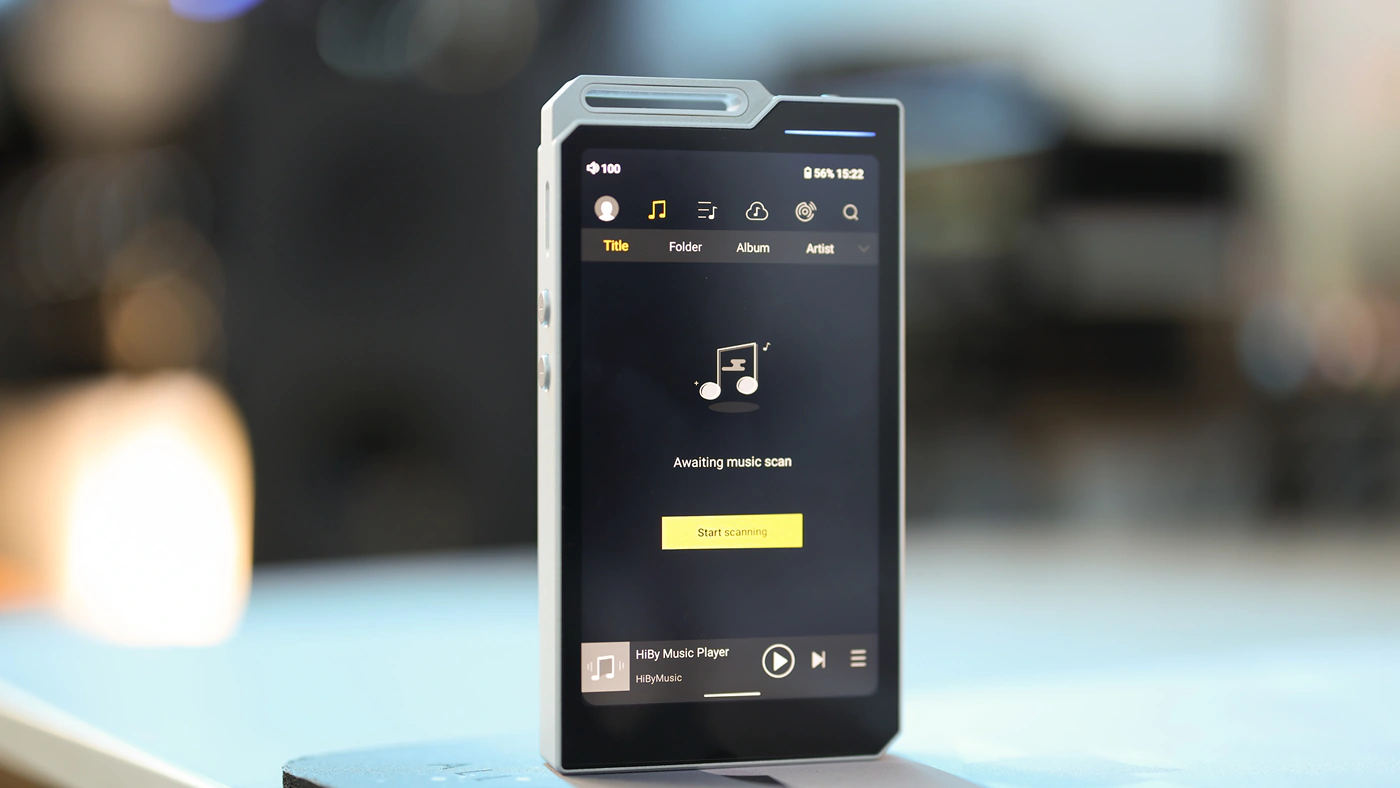
Sound – Sonically, R4 has a higher driving power, with a more neutral sound and tuning. M1S has more bass, while R4 has a cleaner bass. The midrange is much warmer as presented by M1S, while R4 sounds more neutral, brighter, it adds more upper midrange and treble to most IEMs, while M1S smooths out the top end, making the sound darker and heavier. R4 tends to have a more dynamic sound, but the soundstage width and depth is a bit higher on M1S. With darker and smoother sounding IEMs, R4 is a better match, while with IEMs and Headphones that are bright, M1S compliments them better.
Hiby R4 vs Hiby Digital M300 (249 USD vs 199 USD)
Build – M300 is clearly smaller and easier to carry around, but it is more limited in the app selection, and sound output options too. With M300, you will be driving IEMs at most, and it has only a 3.5mm single ended headphone output, while R4 has balanced headphone outputs as well. There are a similar number of buttons on both, but R4 is more practical, being well into the smartphone territory when it comes to speed and software, while M300 Digital does have the advantage of having two mini speakers, although they are not very loud and they don’t sound great either. The extra weight and thickness of R4 makes it harder to carry around, while M300 Digital will be in your pocket as easily as your smartphone is.
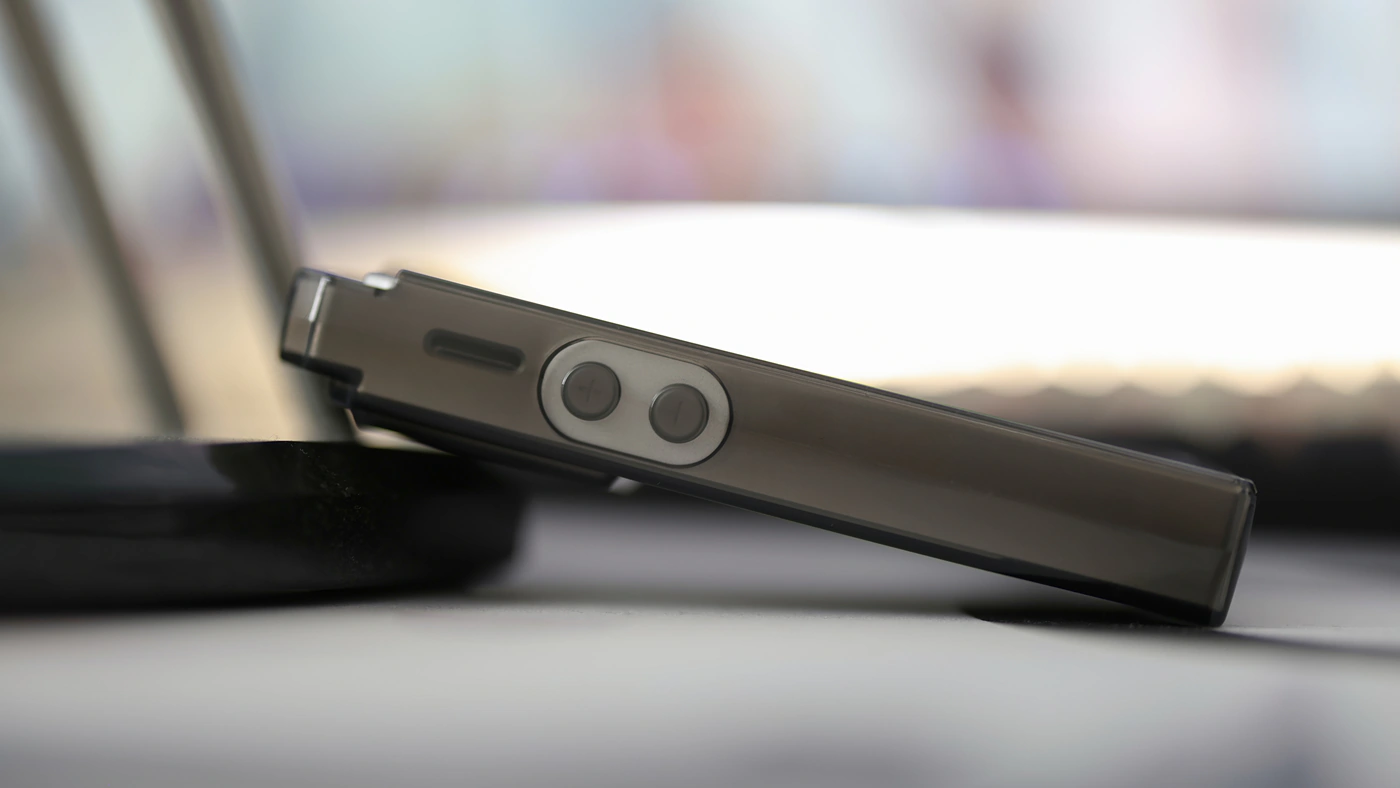
Sound – Sonically, Hiby R4 wins in every aspect possible, starting with the driving power, dynamics, and resolution. M300 Digital sounds smoother and somewhat bassier, but this comes at the cost of resolution, and soundstage size, with R4 sounding far wider, deeper and having better layering, and instrument separation. M300 sounds smoother and has lower treble energy, plus a bit more bass quantity, but the quality of the bass with R4 is improved greatly, so R4 is basically better sounding for all tastes, while M300 is the solution to get if you want portability, it is less than half the size of R4.
Value and Conclusion
Before I started writing the review, I actually expected the R4 to have excellent value, being produced by a company with a clean record, but also considering the features it has for the price point, but R4 exceeded my expectations, having simply outstanding value, offering a complete DAP, with Android and PlayStore support, but also a good driving power for headphones, and a detailed, rich and warm sound for IEMS.
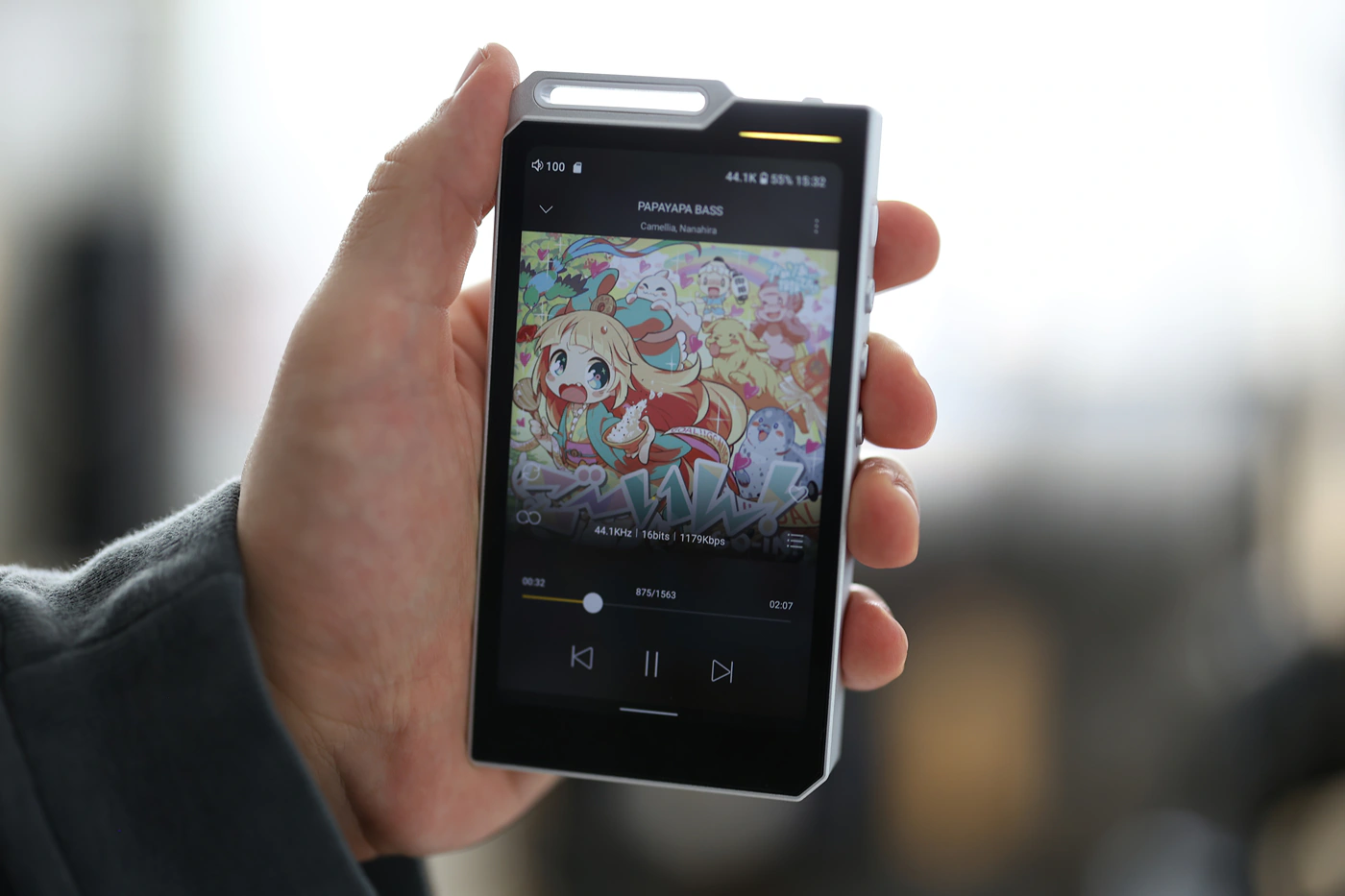
It can pack a punch into IEMs that would otherwise have none, and it sounds full, musical and smooth.
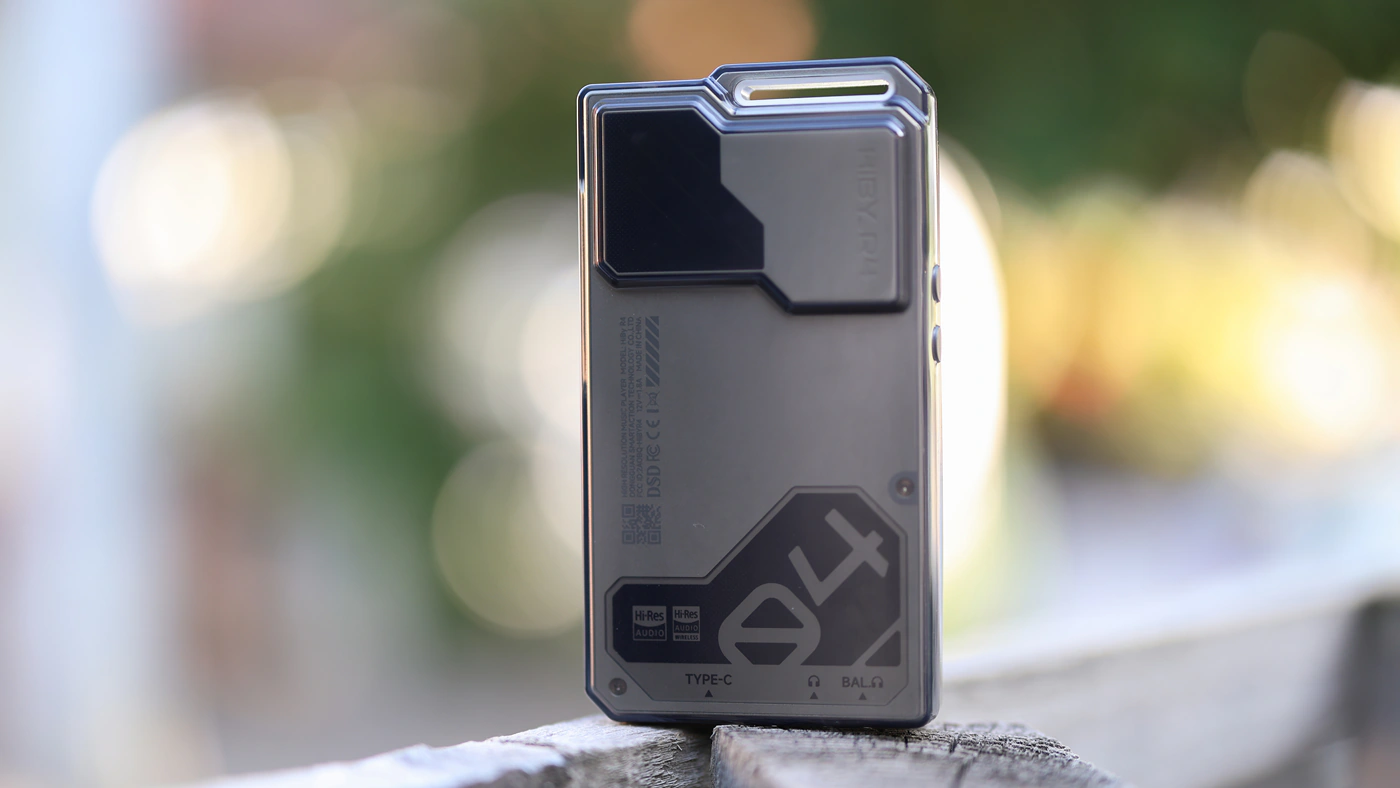
At the end of the day, if you’re looking for a high-end DAP or Music Player, with outstanding resolution, clarity, but a warm, musical sound, and if you’re mainly driving IEMs, or easier to drive headphones, Hiby R4 is an exceptional unit that works well with all apps from Playstore, has good Wifi signal quality, and a unique design that’s intuitive but fun to use. R4 is a fully recommended purchase if you’re in the entry-level range, and it challenges the market with the light price tag it carries considering the features it has.
Product Link
Official Store Page – https://store.hiby.com/products/hiby-r4
You can grab one here – https://amzn.to/3yt0Nn3
--- Please remember to stay safe, and always have fun while listening to music!---
- If you have a dime to spare, please donate, and help us! It would make the day brighter for me and my wife-
Full Playlist used for this review
We listened to more songs than those named in this playlist, but those are excellent for identifying a sonic signature. I recommend trying most of the songs from this playlist, especially if you’re searching for new music! The playlists are different for Spotify, Tidal and Youtube, and based on the songs I enjoy and are available on each!
https://www.youtube.com/playlist?list=PL_cjBXGmwSHSdGcwuc_bKbBDGHL4QvYBu
https://open.spotify.com/playlist/5J3oloz8Riy9LxEGenOjQ0?si=979ba4f082414be7
https://tidal.com/browse/playlist/330fd544-8e5b-4839-bd35-676b2edbb3d5
--- Contact Us ---






Thanks for a very in depth and interesting review. I’m seriously considering purchase of the HiBy R4, but am hoping you might be able to answer one question please.
Currently all my private music listening is via Bluetooth, using my Tidal subscription from my galaxy S21 ultra smartphone with the ldac codec. My earbuds are Sony wf-1000xm5s.
In your opinion, would using a dedicated device like the HiBy r4 result in better sound quality than my galaxy? I listen to a wide range of music genres including pop, rock, jazz and classical. Many thanks and best regards,
David Burns
Hii there, I have answered this I believe in a different place too, but DAPs generally will not have a better bluetooth sound than Samsung smartphones. I did a test espoecially on this, purchased a bunch of smartphones, and ended up deciding to …. after 2 months of testing… keep S24 Ultra. Most smartphones just sound bad, there are a few that sound awesome, and DAPs are somewhere in between, because most DAPs have solid alu casings, they isolate EFI and RFI, so the BT antenna of DAPs is generally weaker and not made for a stable transfer like with smartphones that sacrifice EFI and RFI for better speed of wifi and bt